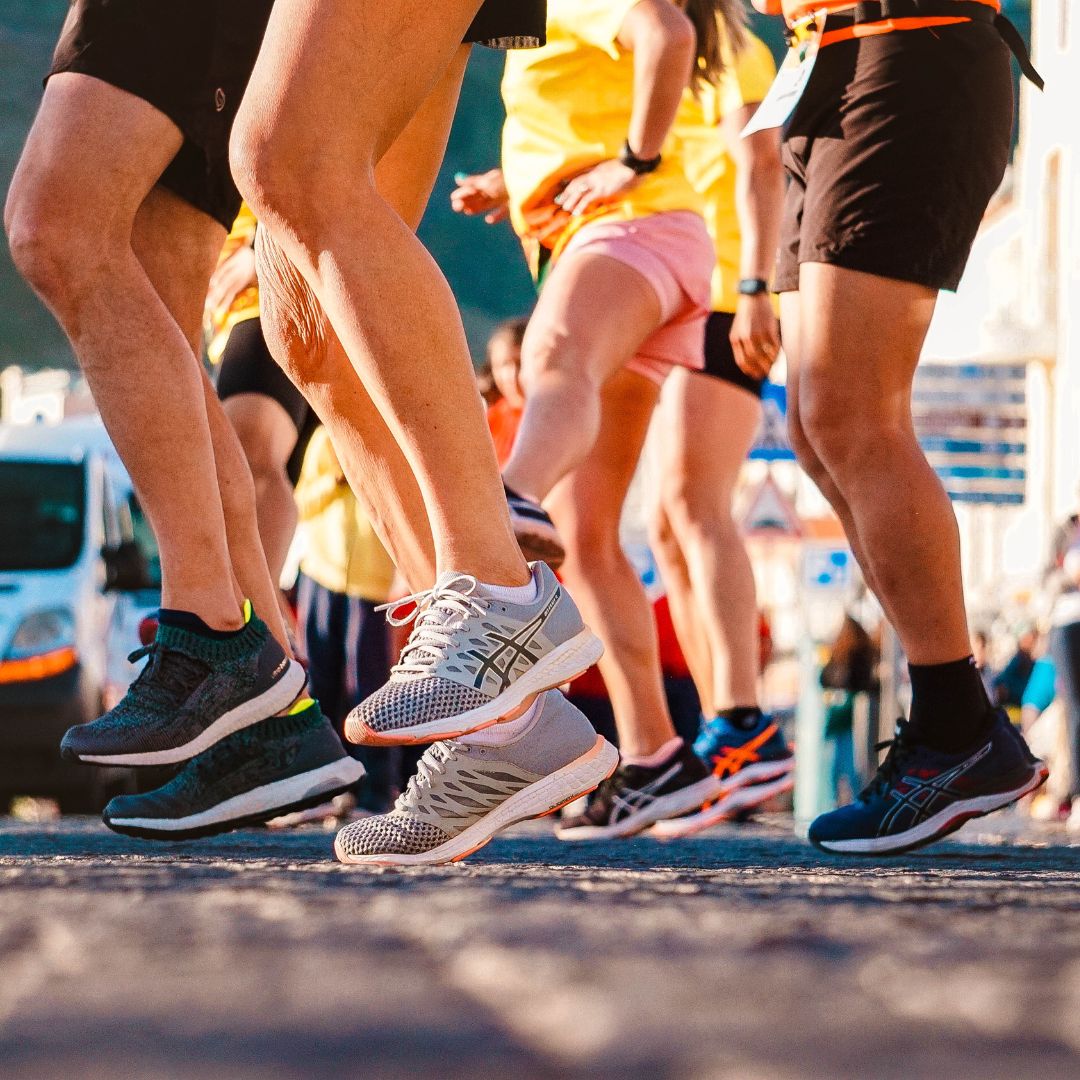Fitness
The Best Running Shoes for Beginners vs. Pros
Running is one of the simplest ways to stay fit, but choosing the right pair of shoes can make or break your experience. Whether you’re just starting your jogging journey or you’re a seasoned marathoner chasing personal bests, your footwear needs will look very different. Let’s break down the best running shoe features for beginners vs. pros so you can find the perfect fit for your goals.
Running Shoes for Beginners
When you’re new to running, comfort and injury prevention should be your top priorities. At this stage, your body is still adapting to the impact and rhythm of running, so your shoes should give you support, cushioning, and forgiveness.
Key Features Beginners Should Look For:
- Cushioning: A well-padded midsole absorbs shock and reduces strain on your joints.
- Stability: A structured shoe helps correct minor overpronation (rolling of the foot inward), which is common in new runners.
- Durability: Since beginners often mix walking with running, a tough outsole that can handle different surfaces is a must.
- Affordability: You don’t need to splurge on premium performance models right away—there are excellent entry-level options that balance quality and price.
Examples of Good Beginner Shoes:
- Neutral trainers with extra cushioning (like the Brooks Ghost or Nike Pegasus).
- Stability shoes for those who overpronate (such as the ASICS GT series or Saucony Guide).
- These models give you the comfort and support you need to gradually build mileage without overwhelming your body.
Running Shoes for Pros
Advanced runners who log high mileage or compete in races need something different. At this level, every ounce of energy return and efficiency counts. Pros often rotate multiple pairs of shoes depending on the type of training they’re doing—long runs, speedwork, or race day.
Key Features Pros Should Look For:
- Lightweight Construction: Less bulk means less fatigue over long distances.
- Energy Return: Super-foam midsoles and carbon fiber plates give a spring-like effect, helping you run faster with less effort.
- Precision Fit: Race-level shoes hug the foot snugly to minimize movement and maximize performance.
- Specialization: Pros might choose different shoes for training, racing, or trail running.
Examples of Pro-Level Shoes:
- Super shoes with carbon plates (like the Nike Alphafly, Adidas Adios Pro, or Saucony Endorphin Pro).
- Lightweight daily trainers for faster sessions (such as the Hoka Mach series or New Balance FuelCell Rebel).
- These shoes are designed for efficiency, not just comfort, and are built with performance technology that helps shave seconds—or even minutes—off race times.
The Takeaway
The “best” running shoe depends on where you are in your journey. Beginners should look for comfort, support, and durability to build a strong foundation, while pros benefit from lightweight, responsive shoes engineered for speed and performance. No matter your level, always consider your running style, foot shape, and training goals when choosing your pair.
At the end of the day, the right shoe is the one that keeps an athlete running—injury-free and motivated to hit the road, track, or trail again tomorrow

